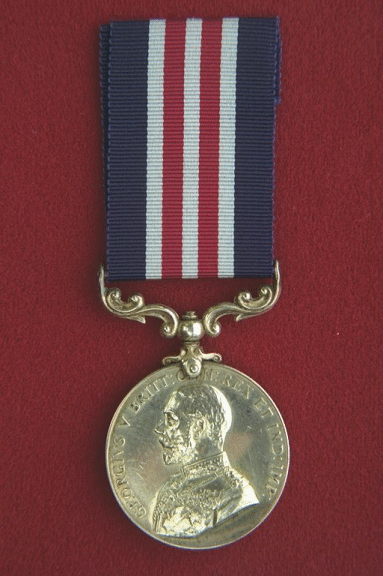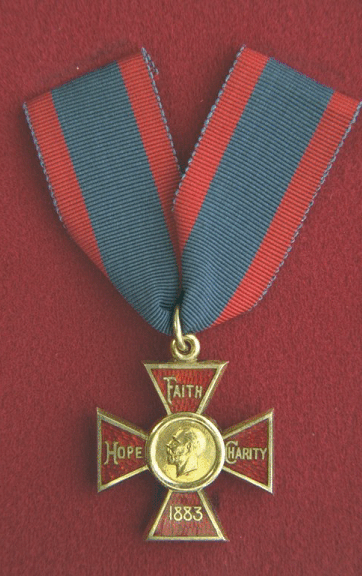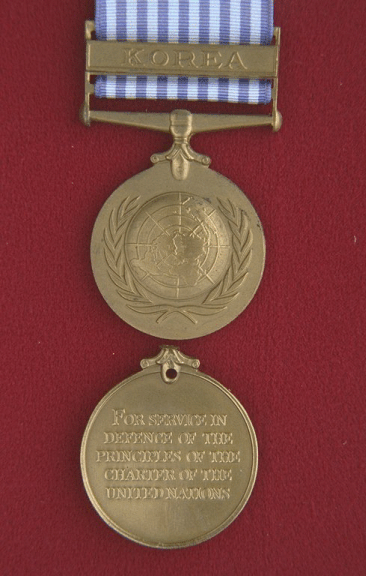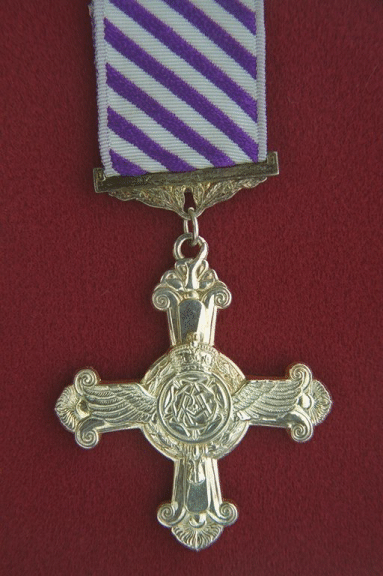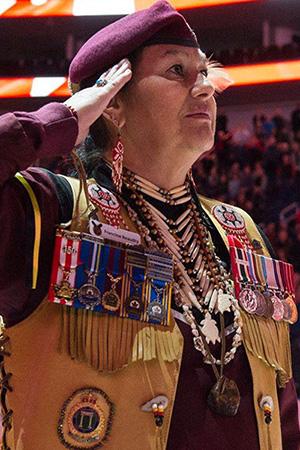
Introduction
While exact statistics are difficult to determine, the rate of Indigenous participation in Canada's military efforts over the years has been impressive. These determined volunteers were often forced to overcome many challenges to serve in uniform, from learning a new language and adapting to cultural differences, to having to travel great distances from their remote communities just to enlist. The challenges they faced often extended to their post-service life. Many Indigenous war Veterans would not receive equal treatment compared to other Canadian Veterans.
Transcript
Remembrance Moments Canada’s Indigenous Veterans
Soldiers climb out of a trench
Soldiers running through a battlefield
As many as 12,000 Indigenous Canadians
Soldiers of the 20th battalion stand in formation with their rifles
Soldiers emerge from a trench onto the battlefield
Served and sacrificed
Joseph Bomberry and George Buck pose for a photo
A group of five voluntary recruits from Saskatchewan pose for a photo
In two World Wars
Landing crafts carrying soldiers travel through the water
Soldiers march in formation
Sgt. Tommy Prince (R) with his brother Pte. Morris Prince (L) look out into the distance
And the Korean War
Pte. Lloyd Michon (L) and Pte. Fred Young (R) and Edith Anderson (Helene Moses)
These courageous men and women
Soldiers march in formation
Left their home communities
Two female military personnel pose for a photo in dress uniform
Soldiers march in formation
To join the fight for freedom
Lt. David Greyeyes
Sgt. Tommy Prince salutes
Skilled marksmen
Three soldiers pose for a photo
Talented scouts
A group of soldiers pose for a picture. In front two men wear traditional native headdresses
Fearless soldiers
Symbolic codes
Code talkers
Cpl. Huron Brant is awarded a medal
Their bravery and skill have been recognized
Naval boats
By countries around the world
Chief Joe Dreaver (L) and Nelson Shead (R)
Cpl. Francis Pegahmagabow and officers of the 1st Battalion pose for a photo
This proud tradition of service to our country
Soldiers partaking in modern day warfare
Continues to this day
#RememberThem
Military personnel standing at attention for a moment of silence during a Remembrance Day ceremony
Share this moment
Canada
Canada.ca/RememberThem
The First World War
The First World War raged from 1914 to 1918 and more than 4,000 Indigenous people served in uniform during the conflict. It was a remarkable response and in some areas, one in three able-bodied men would volunteer. Indeed, some communities (such as the Head of the Lake Band in British Columbia) saw every man between 20 and 35 years of age enlist. Indigenous recruits joined up for a variety of reasons, from seeking employment or adventure to wanting to uphold a tradition that had seen their ancestors fight alongside the British in earlier military efforts like the War of 1812 and the South African War.

Blood Tribe recruits, 191st Battalion, Canadian Expeditionary Force, Fort Macleod, Alberta. (Photo and caption: Glenbow Archives, NA-2164-1)
Valuable skills
Many Indigenous men brought valuable skills with them when they joined the military. Patience, stealth and marksmanship were well-honed traits for those who had come from communities where hunting was a cornerstone of daily life. These attributes helped many of these soldiers become successful snipers (military sharpshooters) and reconnaissance scouts (men who stealthily gathered information on enemy positions). Indigenous soldiers earned at least 50 decorations for bravery during the war. Henry Louis Norwest, a Métis from Alberta and one of the most famous snipers of the entire Canadian Corps, held a divisional sniping record of 115 fatal shots and was awarded the Military Medal and bar for his courage under fire.

Huron Brant receiving his Military Medal in Italy.
Photo: Library and Archives Canada PA-130065.
The Second World War
Answering the call again

Cameron Brant was one of the 88 Six Nations' war-dead whose names are recorded on a tablet donated to the Six Nations Reserve by the Prince of Wales. This portrait of Brant was sketched by Irma Coucill for the Indian Hall of Fame. (Woodland Cultural Centre)
When the Second World War erupted in September 1939, many Indigenous people again answered the call of duty and joined the military. By March 1940, more than 100 of them had volunteered and by the end of the conflict in 1945, over 3,000 First Nations, as well as an unknown number of Inuit and Métis recruits, had served in uniform. While some did see action with the Royal Canadian Navy and Royal Canadian Air Force, most would serve in the Canadian Army.
Code talkers
While Indigenous soldiers again served as snipers and scouts, as they had during the First World War, they also took on interesting new roles during this conflict. One unique example was being a "code talker." Men like Charles “Checker” Tomkins of Alberta translated sensitive radio messages into Cree so they could not be understood if they were intercepted by the enemy. Another Cree-speaking "code talker" would then translate the received messages back into English so they could be understood by the intended recipients.
Decorations for bravery

Lieutenant David Greyeyes in September 1943.
(Photo: Department of National Defence)
Indigenous service members would receive numerous decorations for bravery during the war. Willard Bolduc, an Ojibwa airman from Ontario, earned the Distinguished Flying Cross for his brave actions as an air gunner during bombing raids over occupied Europe. Huron Brant, a Mohawk from Ontario, earned the Military Medal for his courage while fighting in Sicily.
Indigenous people also contributed to the war effort on the home front. They donated large amounts of money, clothing and food to worthy causes and also granted the use of portions of their reserve lands to allow for the construction of new airports, rifle ranges and defence installations. The special efforts of First Nations communities in Ontario, Manitoba and British Columbia were also recognized with the awarding of the British Empire Medal to acknowledge their great contributions.
The Korean War
Expanding duties

Tommy Prince (right) with a brother at Buckingham Palace, where he was awarded two gallantry medals.
(C.J. Woods / Department of National Defence / Library and Archives Canada / PA-142289)
The Korean War erupted in 1950 and several hundred Indigenous people would serve Canada in uniform during the conflict. Many of them had seen action in the Second World War which had only come to an end five years earlier. This return to service in Korea would see some of these brave individuals expanding on their previous duties in new ways.
Tommy Prince, an Ojibwa from Manitoba, served with the Princess Patricia's Canadian Light Infantry in Korea. He would draw upon his extensive infantry experience in the Second World War with missions like a "snatch patrol" raid. Prince was second-in-command of a rifle platoon and led a group of men into an enemy camp where they captured two machine guns. He also took part in the bitter Battle of Kapyong in April 1951 which saw his battalion subsequently awarded the United States Presidential Unit Citation for its distinguished service—a rare honour for a non-American force.
Medals
Unfair treatment
Thousands of Indigenous people proudly served in uniform during the war years. Many Indigenous communities also helped in Canada’s war effort. They knitted socks, made war materials and donated money. However, the Canadian government supervised their wartime work on reserves.
During the First World War, Canada expropriated reserve land. Hundreds of thousands of acres of reserve land was taken to grow food, sometimes without the local band council's consent. After the war, the Soldier Settlement Act of 1919 permanently gave away reserve land—often to non-Indigenous Veterans. These Veterans received grants giving them ownership of Indigenous land for farming. However, most First Nations Veterans who applied for the same grant were instead given a certificate to use reserve land. Land which already belonged to their community. The government also treated them unfairly in other ways.
Many Indigenous people hoped their wartime service and sacrifice in the First World War would improve their rights and standing in Canada. This did not happen. Residential schools, day schools and industrial schools were used to assimilate Indigenous children into Canadian culture before, during and after the First World War. Most First Nations Veterans were unable to receive their pensions, grants and benefits. This was due to their legal status as wards of Canada under the Indian Act.
Indigenous people who served in the Second World War experienced the same obstacles as their parents. After the war, they were also unable to receive the full benefits of the Veterans’ Land Act. The remote location of many reserves made it even more difficult for Veterans to access government programs. These programs were only offered in towns and cities.
Indigenous Veterans had fought side-by-side with their non-Indigenous comrades. They did not, however, receive the same recognition for their service. This poor treatment made their transition to life back home even harder. It has had lasting physical and social effects for Indigenous Veterans and their communities.
Post-war service
Life in the military
Indigenous men and women have continued to proudly serve in uniform in the post-war years, as well. Like so many of those who have pursued a life in the military, they have been deployed wherever they have been needed—from NATO duties in Europe during the Cold War to service with United Nations and other multinational peace support operations in dozens of countries around the world. In more recent years, many Indigenous Canadian Armed Forces members saw hazardous duty in Afghanistan during our country's 2001-2014 military efforts in that war-torn land.
Canadian Rangers
Closer to home, Indigenous military personnel have filled a wide variety of roles, including serving with the Canadian Rangers. This group of army reservists is active predominantly in the North, as well as on remote stretches of our east and west coasts. The Rangers use their intimate knowledge of the land there to help maintain a national military presence in these difficult-to-reach areas, monitoring the coastlines and assisting in local rescue operations.

A Canadian Ranger during a patrol in Nunavut in 2012.
Photo: Department of National Defence IS2012-1012-06
Legacy

CF Snowbirds fly over the National Aboriginal Veterans Monument
The story of Indigenous service in the First and Second World Wars, the Korean War and later Canadian Armed Forces efforts is a proud one. While exact numbers are elusive, it has been estimated that more than 12,000 First Nations, Métis and Inuit people served in the great conflicts of the 20th century, with at least 500 of them sadly losing their lives.
Honouring contributions
This rich heritage has been recognized in many ways. The names given to several Royal Canadian Navy warships over the years, like HMCS Iroquois, Cayuga and Huron, are just one indication of our country's lasting respect for the contributions of Indigenous Veterans. This long tradition of military service is also commemorated with the striking National Aboriginal Veterans Monument in Ottawa. This deeply symbolic memorial features a large bronze eagle at its top, with four men and women from different Indigenous groups from across Canada immediately below. A wolf, bear, bison and caribou—powerful animals that represent "spiritual guides" which have long been seen by Indigenous cultures as important to military success—look out from each corner. Remembrance ceremonies are held at this special monument, including on Indigenous Veterans Day which is observed each year on November 8.


















